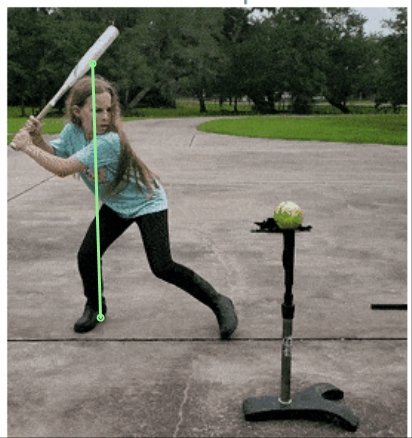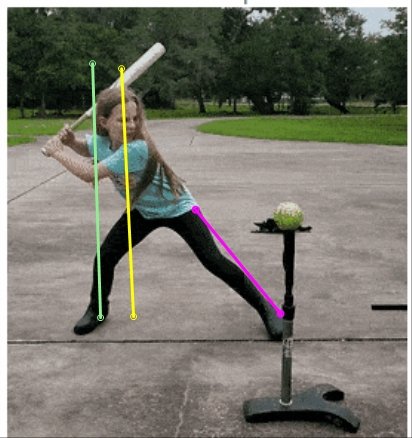She swings at that ball like it insulted her personally!
DD's batting coach, whose opinions on hitting I take as if it came from the Burning Bush, teaches a softer front knee. He was a very good D1 baseball player, has been coaching for two-plus decades, and has long track record of developing some excellent baseball and fastpitch hitters. I've never asked him why, but will when I see him again. I know that you can find many MLB examples of a locked front knee, but I can find plenty of college softball examples, including the above video, of a softer front knee. It certainly doesn't hinder DD's hitting. From a bit of poking around, the most common explanation I've found is that a locked front knee can deliver more power, but it can also cause knee/hip injury, especially in girls. It makes sense if you think about it and go through the motion...with a well executed swing, LOTS of force is going onto the front leg. Locking the knee gives the greatest possible resistance, but also puts tremendous stress on it.
Watching the Astros game tonight and Kyle Tucker just made a pretty solid case for a bent front knee. Longest homerun in the MLB for 2021. 27 degrees, 111 mph & 459 ft. Not sure if this link will work. Kyle's swing works for him pretty well, but it is pretty different from more traditional home run hitter.
MLB Gameday: Astros 5, Athletics 6 Final Score (05/18/2021)
Follow MLB results with FREE box scores, pitch-by-pitch strikezone info, and Statcast data for Astros vs. Athletics at Oakland Coliseum






